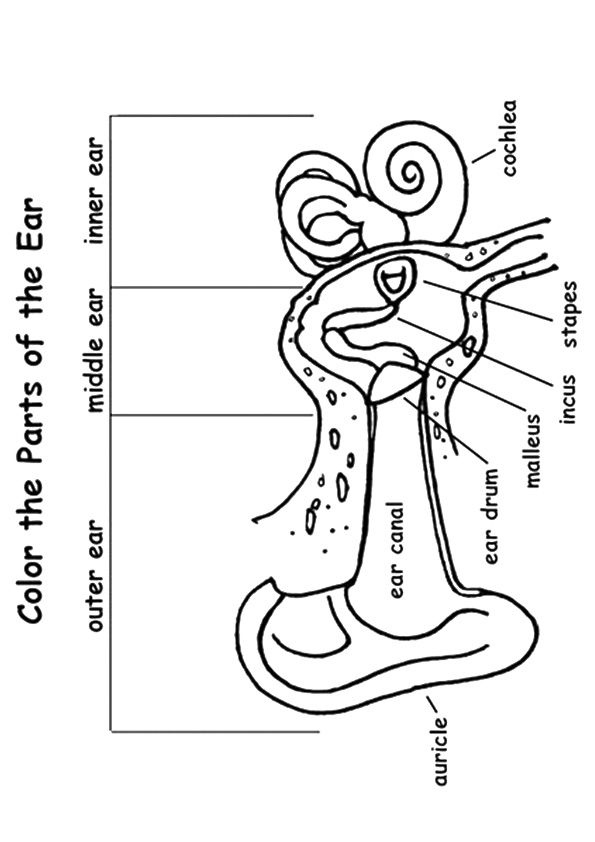The eye is a complex organ responsible for the sense of sight. It is made up of several parts, including the cornea, iris, pupil, lens, retina, and optic nerve. The cornea is the transparent outer layer of the eye that helps focus light onto the retina. The iris is the colored part of the eye that controls the size of the pupil, which is the opening that allows light to enter the eye. The lens is a flexible structure that helps focus light onto the retina. The retina is the light-sensitive tissue at the back of the eye that converts light into electrical signals that are sent to the brain via the optic nerve.
By understanding the anatomy of the eye, students can better appreciate how the eye functions and how vision works. Eye and ear anatomy worksheets provide a hands-on way for students to learn about the different parts of the eye and their functions. By completing these worksheets, students can reinforce their understanding of eye anatomy and test their knowledge of the subject.
Eye And Ear Anatomy Worksheet Answers
The Anatomy of the Ear
The ear is another sensory organ responsible for the sense of hearing. It is made up of three parts: the outer ear, middle ear, and inner ear. The outer ear consists of the pinna and ear canal, which collect and funnel sound waves into the ear. The middle ear contains the eardrum and three small bones called the ossicles, which transmit sound vibrations to the inner ear. The inner ear houses the cochlea, a spiral-shaped structure filled with fluid and hair cells that convert sound vibrations into electrical signals that are sent to the brain via the auditory nerve.
Eye and ear anatomy worksheets can help students learn about the different parts of the ear and how they work together to enable hearing. By completing these worksheets, students can gain a deeper understanding of ear anatomy and how sound is processed by the ear. This hands-on approach to learning can make complex anatomical concepts more accessible and engaging for students.
